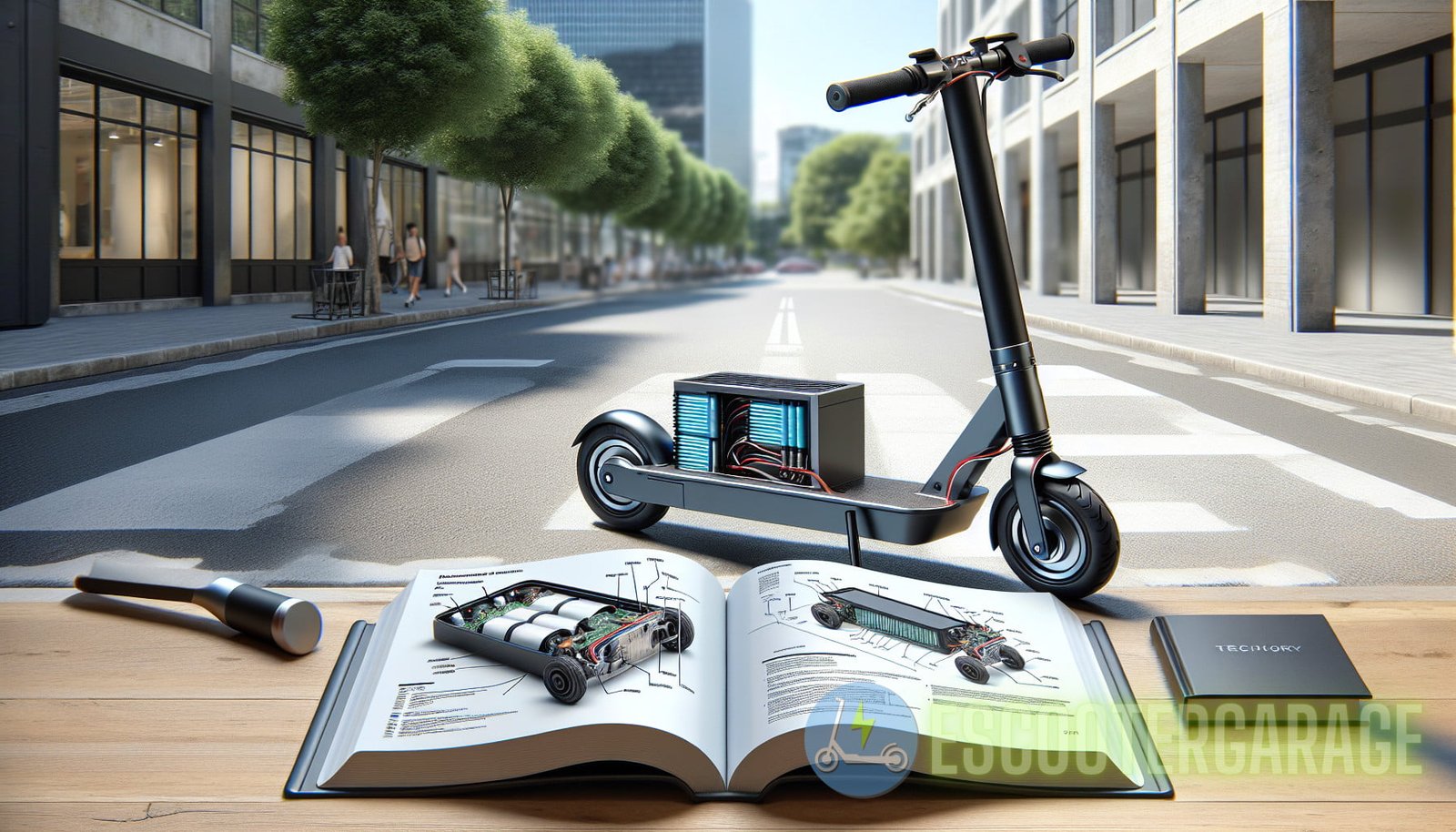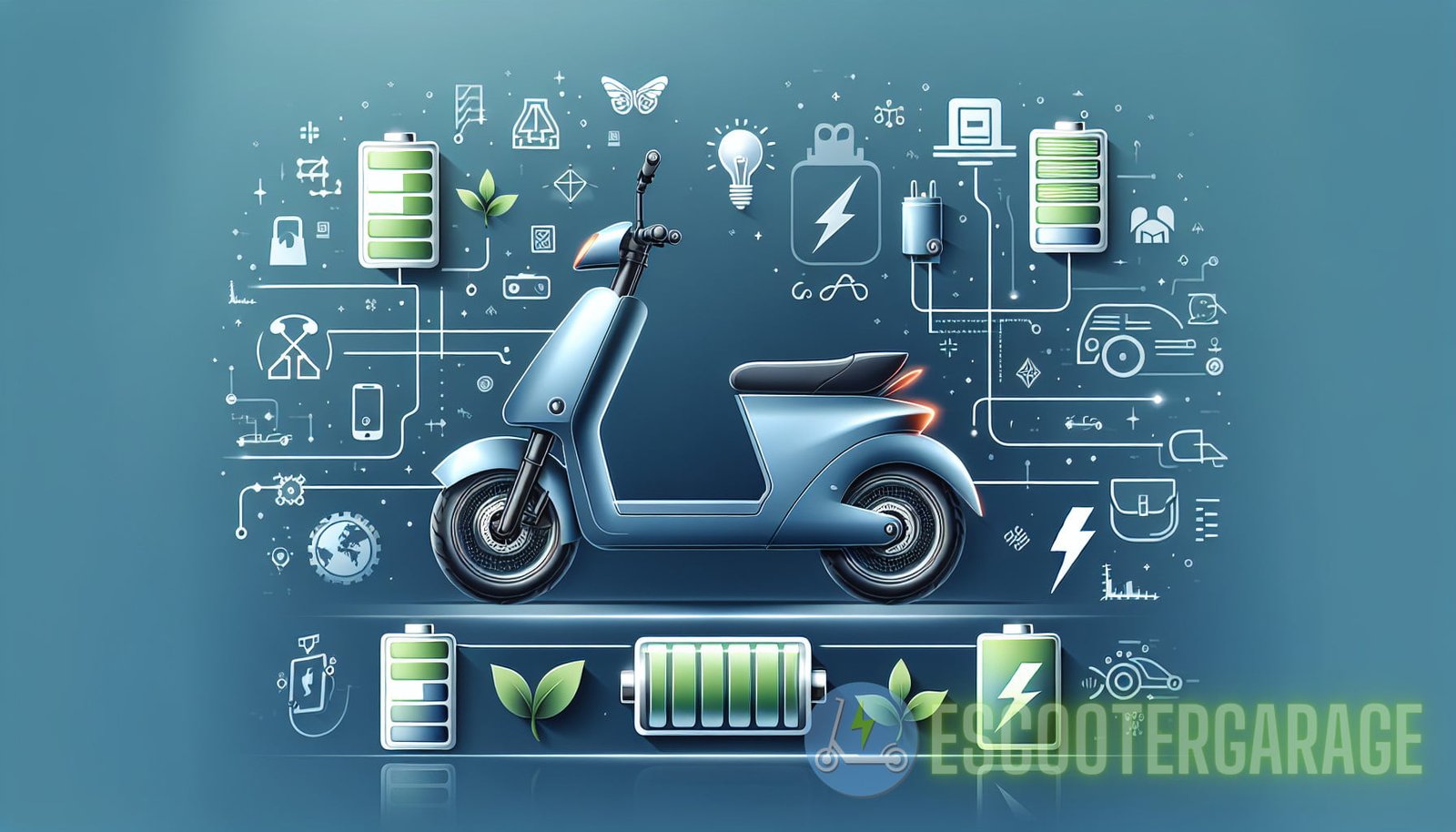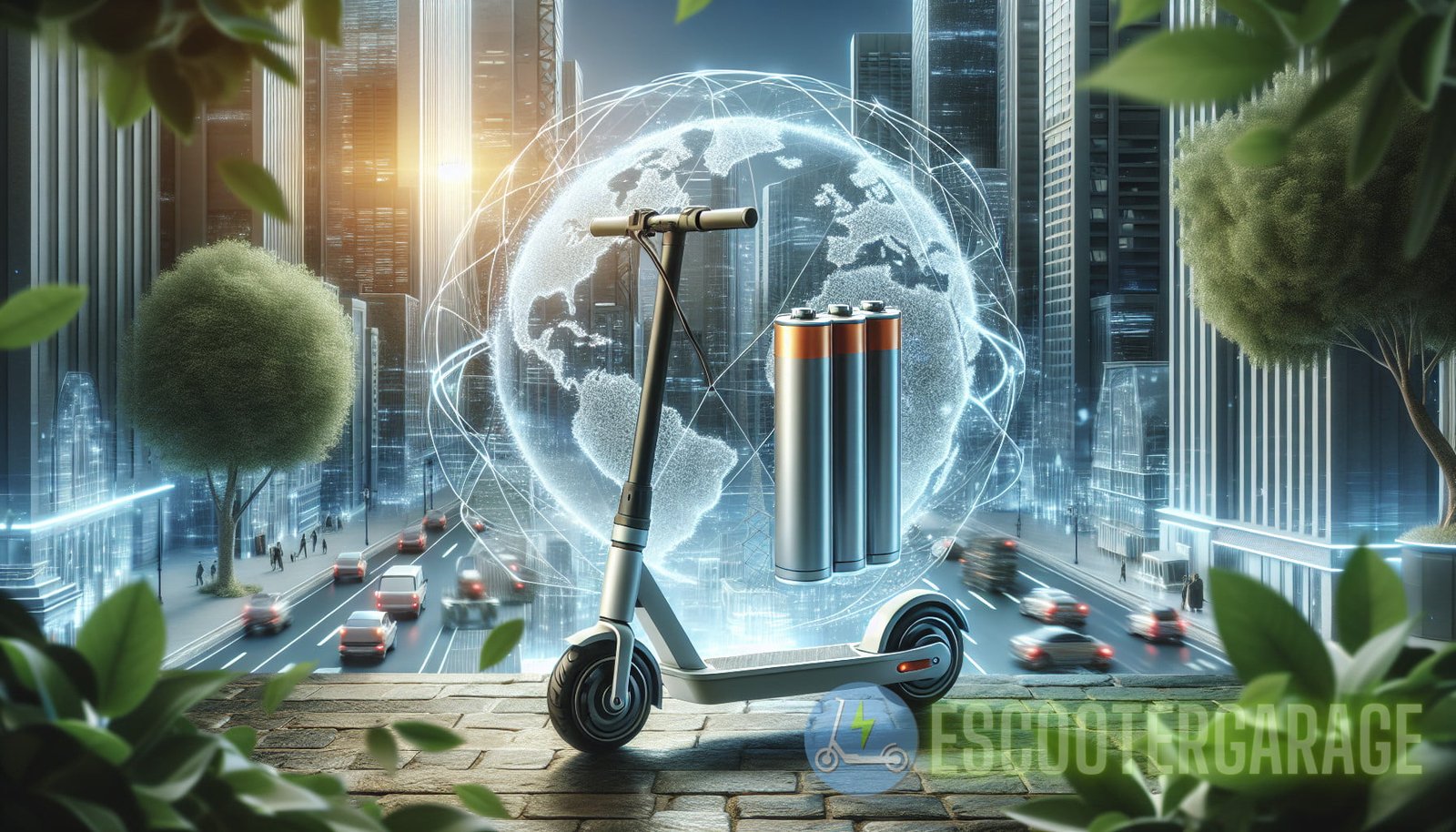Introduction
When it comes to maximizing the lifespan of your eScooter’s battery, proper care is essential. The battery is undoubtedly one of the most critical components of an eScooter, and understanding how to maintain it can significantly extend its life. In this comprehensive guide, we will explore the best practices for escooter battery care to help you get the most out of your electric ride.
1. Understanding eScooter Battery Basics
Before we delve into battery care, it’s important to have a basic understanding of how eScooter batteries work. Most eScooters use lithium-ion batteries due to their high energy density, long life, and low self-discharge rate.
- Lithium-Ion Battery Chemistry: Lithium-ion batteries are made up of multiple lithium-ion cells packed together in a single battery pack. These cells consist of cathodes, anodes, and an electrolyte. During discharge, lithium ions move from the anode to the cathode through the electrolyte, generating electrical energy. During charging, the process is reversed.
- Capacity: Battery capacity is measured in ampere-hours (Ah) and represents the amount of charge the battery can hold. Higher capacity batteries provide longer range but may be bulkier and more expensive.
- Voltage: Most eScooters use 36V or 48V battery systems. The voltage is a crucial factor in determining the power output and speed of the scooter. Higher voltage systems generally provide more power and speed.
- Charging Cycles: One charging cycle refers to discharging and then fully recharging the battery. Lithium-ion batteries typically have a lifespan of several hundred charging cycles. It is important to note that partial charges and discharges do not count as full cycles.
How to Optimize Battery Care for Your eScooter
2. Charging Best Practices
Proper charging practices are essential to maintain optimal battery performance and longevity. Here are some key tips to follow when charging your eScooter:
- Always use the charger provided by the manufacturer. Using incompatible chargers may damage the battery and void the warranty.
- Charge your eScooter battery at room temperature, ideally between 59°F (15°C) and 77°F (25°C). Extreme temperatures can negatively affect performance and lifespan.
- Avoid leaving your battery in a fully discharged state. If your battery voltage drops too low, it may become irreversibly damaged. Charge the battery promptly after each use.
- When charging, ensure a stable power source and avoid using adapters or extension cords that may cause voltage fluctuations.
- Consider investing in a smart charger that automatically stops charging when the battery reaches full capacity. This feature prevents overcharging, which can shorten battery life.
3. Storage and Discharging
Proper storage and discharging techniques can significantly impact the longevity of your battery. Here’s how you can optimize battery care during long periods of storage:

- If you plan to store your eScooter for an extended period (e.g., over winter), charge the battery to around 50-60% capacity. A fully charged or completely discharged battery is more susceptible to damage during storage.
- Before storing, disconnect the battery from the scooter to minimize self-discharge and prevent voltage drain.
- Store your battery in a cool, dry place away from direct sunlight and extreme temperatures. Excessive heat can accelerate self-discharge, whereas extreme cold can lead to reduced capacity.
- For longer periods of storage, it is advisable to perform a maintenance charge every two to three months to keep the battery in good condition.
4. Proper Discharge and Usage
How you use and discharge your eScooter can significantly impact battery life. Here are some usage tips to maximize your battery’s longevity:
- Avoid running your eScooter until the battery is completely drained. Deep discharges can lead to capacity loss and shorten battery life. Instead, recharge your scooter when the battery reaches around 20%-30% capacity.
- It is not recommended to leave your eScooter unused for extended periods, especially with a fully charged or fully discharged battery. Regular use helps maintain battery health.
- When riding your eScooter, avoid excessively hilly terrain, as continuous high power demand can strain the battery and reduce its overall lifespan.
5. Regular Maintenance
In addition to proper charging and usage, regular maintenance can significantly improve battery longevity. Here are some maintenance tips to keep your eScooter battery in optimal condition:
- Regularly inspect your battery for any signs of physical damage, such as swelling or leaks. If you notice any abnormalities, contact the manufacturer or a professional technician for assistance.
- Keep your battery connections clean and free from dirt, dust, or corrosion. Dirty connections can hinder the flow of current and reduce battery performance.
- Check the battery voltage periodically using a voltmeter. This will help you identify any significant drop in voltage, which could indicate a faulty battery.
- Follow the manufacturer’s recommendations for battery maintenance and replacement intervals. Over time, batteries naturally lose capacity and need to be replaced.
Proper E-Scooter Battery Care: Conclusion
Taking care of your eScooter battery is vital for maintaining its longevity and performance. By following these best practices, you can ensure that you get the most out of your battery, maximizing its lifespan and saving on replacement costs. Remember to always refer to the manufacturer’s guidelines for specific maintenance instructions for your eScooter model.
For more expert maintenance tips and advice for a smooth eScooter ride, check out this article available at eScooter Garage.
For more information about lithium-ion batteries, you can refer to Wikipedia.



